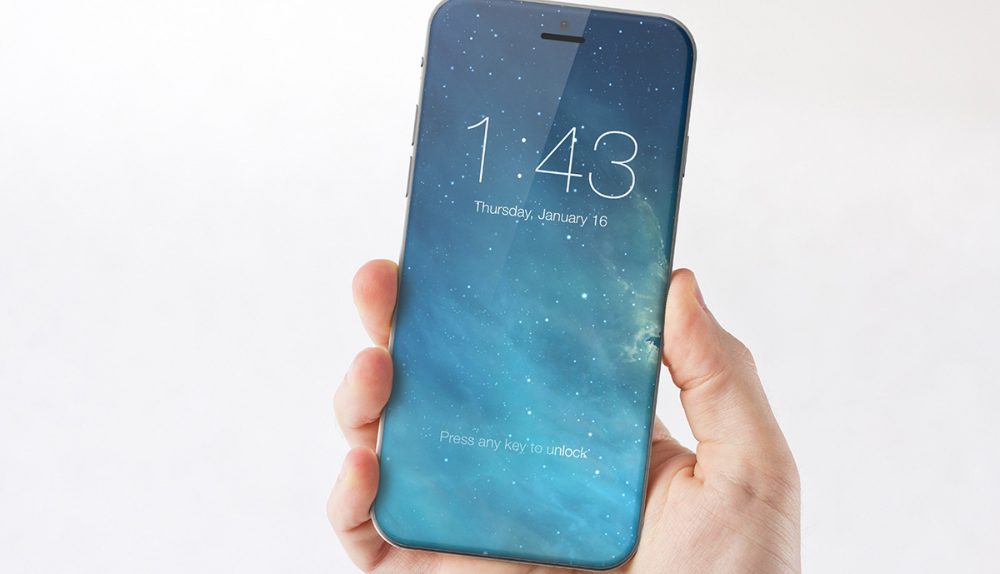This year’s new iPhone 7 will be a “boring” update compared to last year’s model, given that it’ll look pretty much like the iPhone 6s – not that there’s anything wrong with that. However, that doesn’t mean Apple has given up on radical iPhone redesigns. The company is rumored to be planning a curved iPhone as soon as next year, a device that could have a larger display-to-face ratio and curved display edges, just like a certain Samsung phone. we know
DON’T MISS: Everything we wanted to know about the iPhone 7 might have just leaked
IHS China head Kevin Wong suggested on Weibo that the 2017 iPhone will have an OLED display that will curve around both edges, similar to what Samsung is doing with its Galaxy S edge phones. So far, the South Korean giant launched a variety of edge models, part of the Galaxy S6, Galaxy S7 and Galaxy Note families.
Is next year’s groundbreaking iPhone redesign just a Samsung copycat?
Of note, Samsung hasn’t yet convinced us we need curved displays. Aside from looking fantastic, one can argue that there’s nothing of use happening with the curve. However, it’s likely that Apple’s curved screen will enable some additional features.
For starters, the 2017 iPhones might also do away with the home button, which means the display’s 3D Touch functionality might replace some of the features associated with a physical button. A fingerprint sensor placed under the display could let users unlock the device and log into apps by touching the screen virtually anywhere. Tech explained in a recently discovered Apple patent suggests this might be the way to enable fingerprint-based security on an iPhone without a physical button.
Furthermore, a more advanced vibration engine could help Apple improve the tactile feedback on a display. Apple may be interested in placing the volume rockers under the curved screen, as some other patents suggested, which would be one way to add functionality to the curve. That kind of feature would also require some sort of tactile response to simulate button presses.
This is all speculation based on recent rumors and technology imagined in Apple patents. Wong has not elaborated on the matter, other than to hint that Apple will have a dual-edge display on the iPhone.








